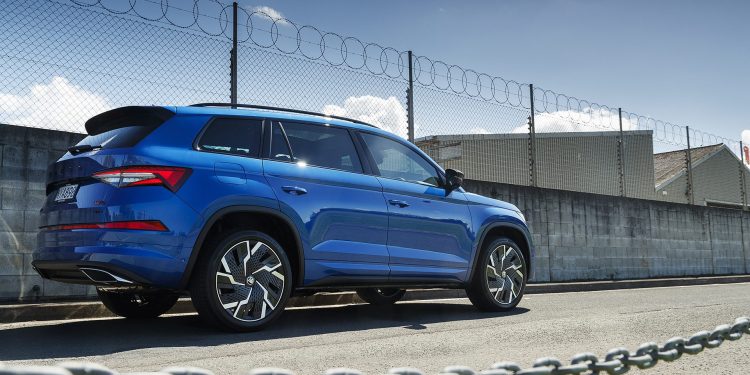2022 Skoda Kodiaq RS TSI review
Words: Kyle Cassidy | Photos: Tom Gasnier
Skoda’s best seller locally is the Kodiaq, and the big bear has received its midlife revision. We take the repowered, top-of-the-line RS out for a run.
When talking Skoda Kodiaqs, the growliest bear (the Czech SUV takes its name from a big brown bruin native to Alaska) is the RS. When we last drove this you fed it diesel but as part of the facelifted range, announced last year, the RS now lives for petrol.
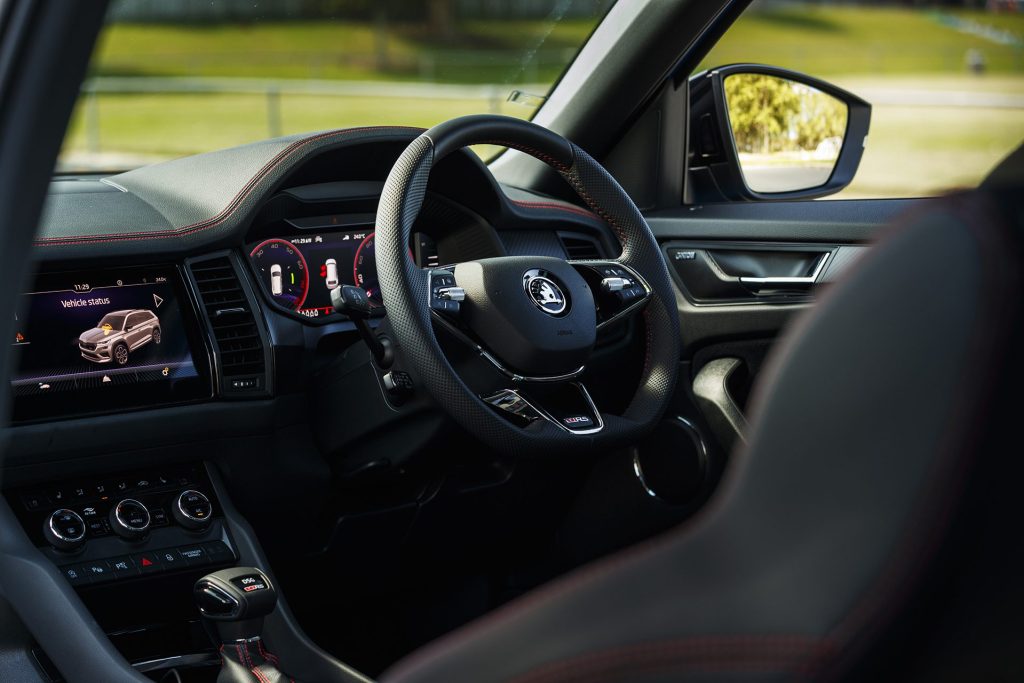
Now’s a good time to get the bad news out of the way. Back in the good old pre-Covid days, the RS was $72k. When the facelift range was announced late in 2021, the price for the RS was $78k, and now in ’22, it’s a tenner under $80k. Talk about inflationary pressures, huh?
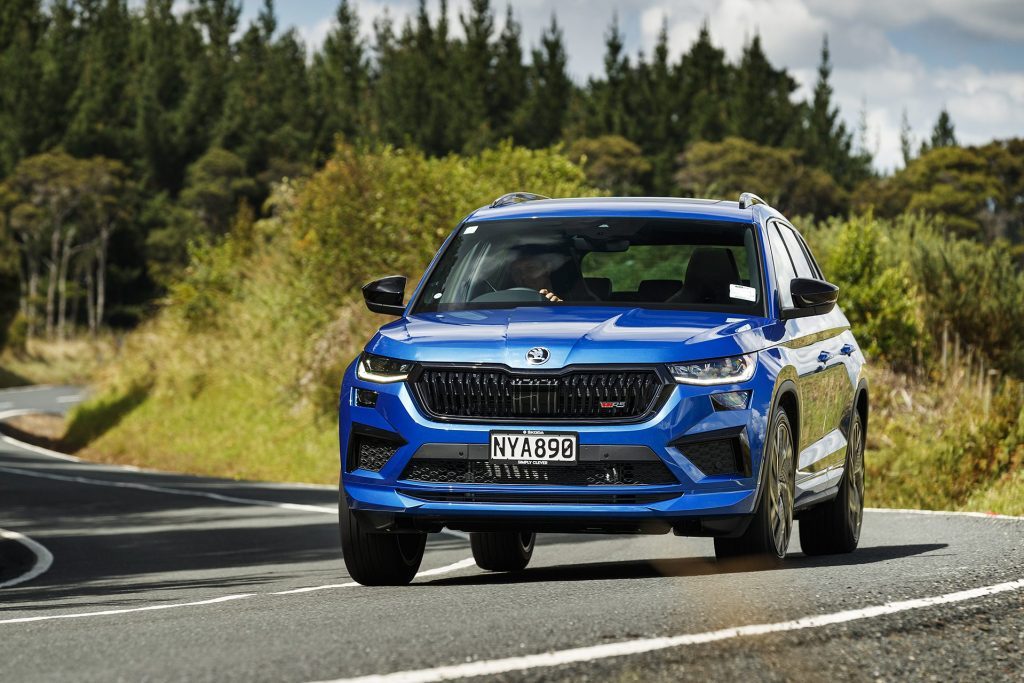
The old oiler was the twin-turbo version, with 176kW and 500Nm of torque. The 2.0-litre turbopetrol in the new RS fronts with 180kW and manages 370Nm from 1600-4300rpm. As an aside, the most powerful of Kodiaqs has a WLTP3-rated emissions figure of 190g/km, and so will be ‘fee neutral’ under the Clean Car scheme. And yet, the less grunty 132kW TSI, powering the Style and Sportline variants, is more gassy. Its WLTP3-rated CO2 figure is 205g/km so it will wear a $1090 fee after April 1. The only diesel option now is the $74,990 Sportline, its 2.0 TDI good for 147kW/400Nm, and at 168g/km, it will be fee neutral too.
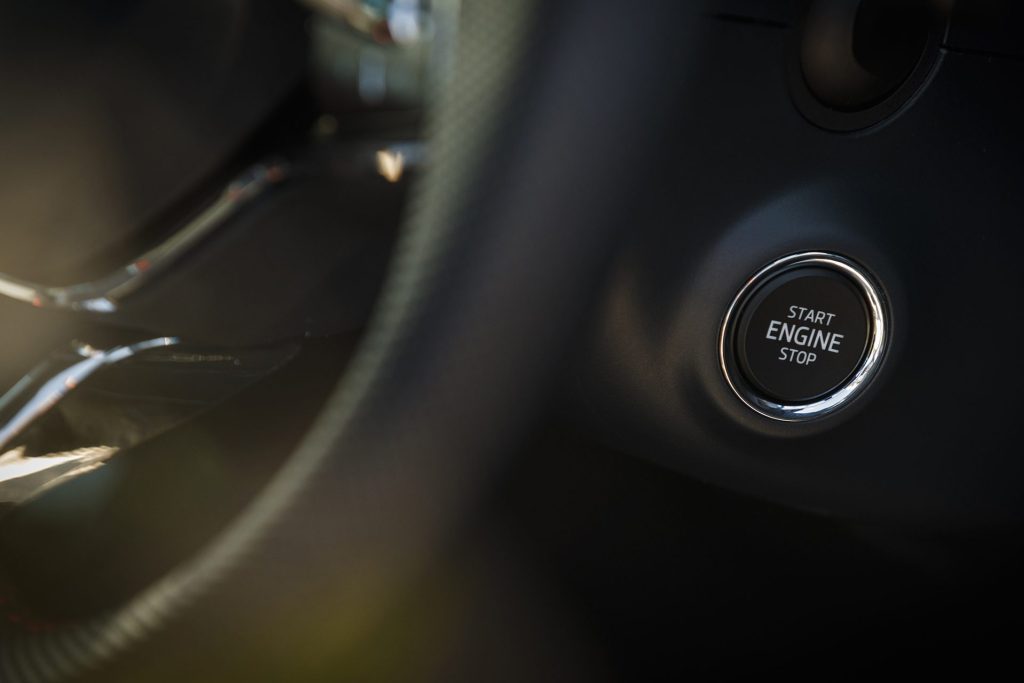
But back to the RS, and the main thing you miss with the new TSI is the swollen midrange surge of the old bear; it simply made more torque more easily. But then if you haven’t experienced the old diesel you won’t know what you’re missing. And this petrol turbo still has a sufficient supply of torque for commuter/open road duties.
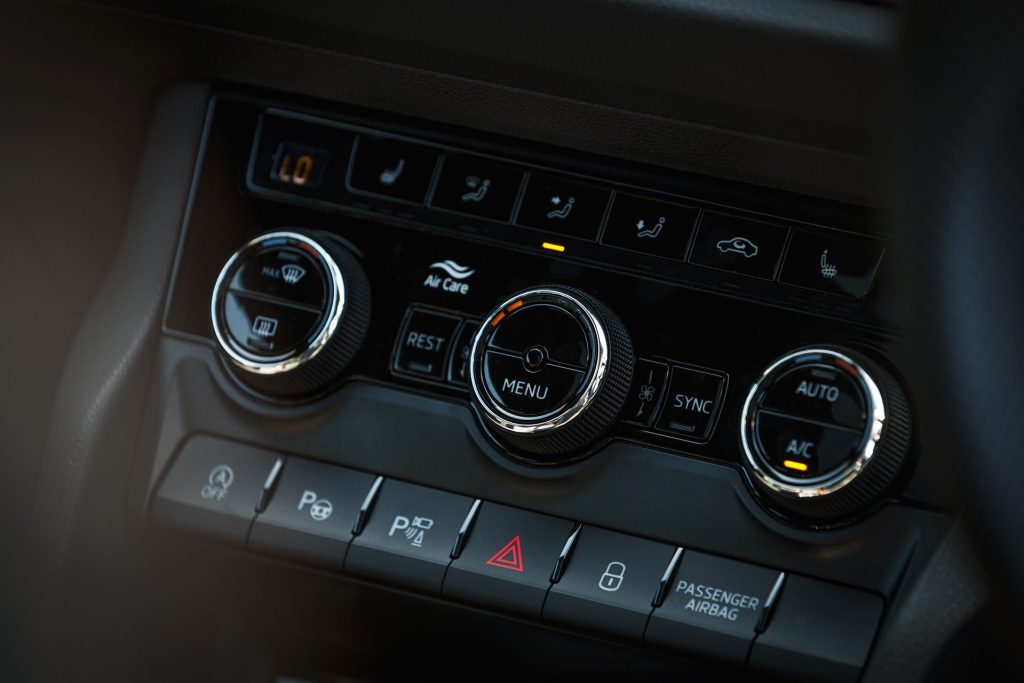
The seven-speed twin-clutch transmission they tell us is new, although the only detail given is that it’s lighter. After sampling this, it has improved its low-speed behaviour, particularly when reversing uphill. Previously, the turbo/DSG combo was trickier than ideal on a slope. Now there’s a better, slur-free engagement of the clutch. We noted with the old RS that the idle-stop system was annoying but now the usual hesitation is greatly reduced, while the take-up off the mark is smarter too. Long story short, it’s a more refined, smoother transmission at slow speeds.
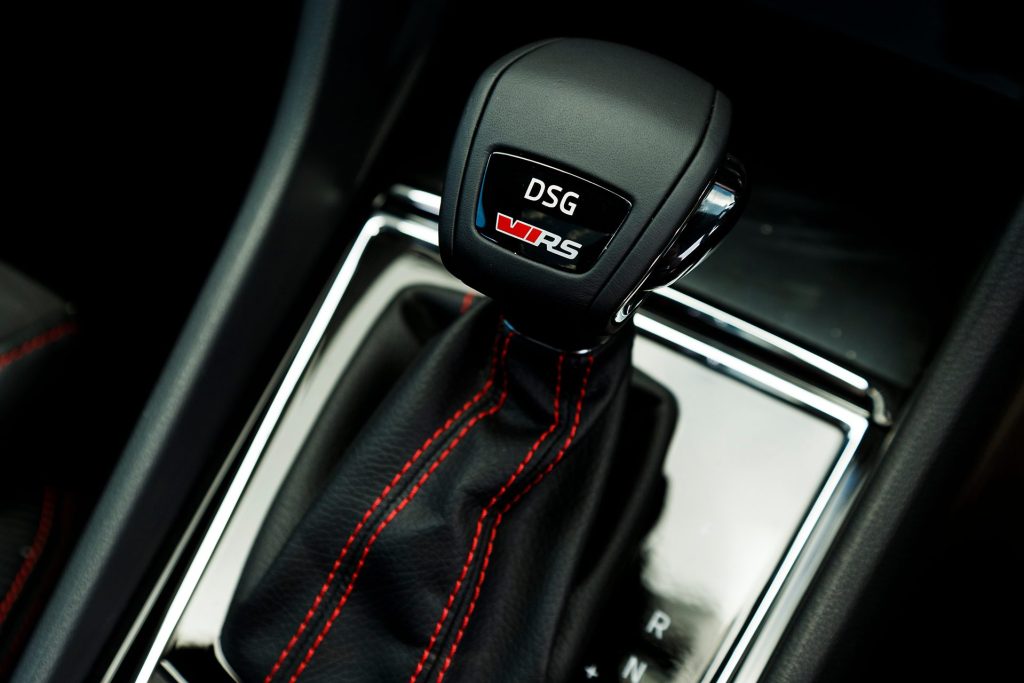
As to consumption, they quote 8.3L/100km, while the long term average on this machine’s computer was reading 11.2. That’s not particularly fabulous, especially as it requires premium (at over $3 a litre, which is sure to rise further thanks to Uncle Vlad’s war mongering). It raises the question as to where the PHEV version of the Kodiaq is at. But there simply isn’t one. If there was, it would probably be expensive and in short global supply anyway. If you’re wondering, we noted fuel use in the mid 8L/100km range for the diesel RS.
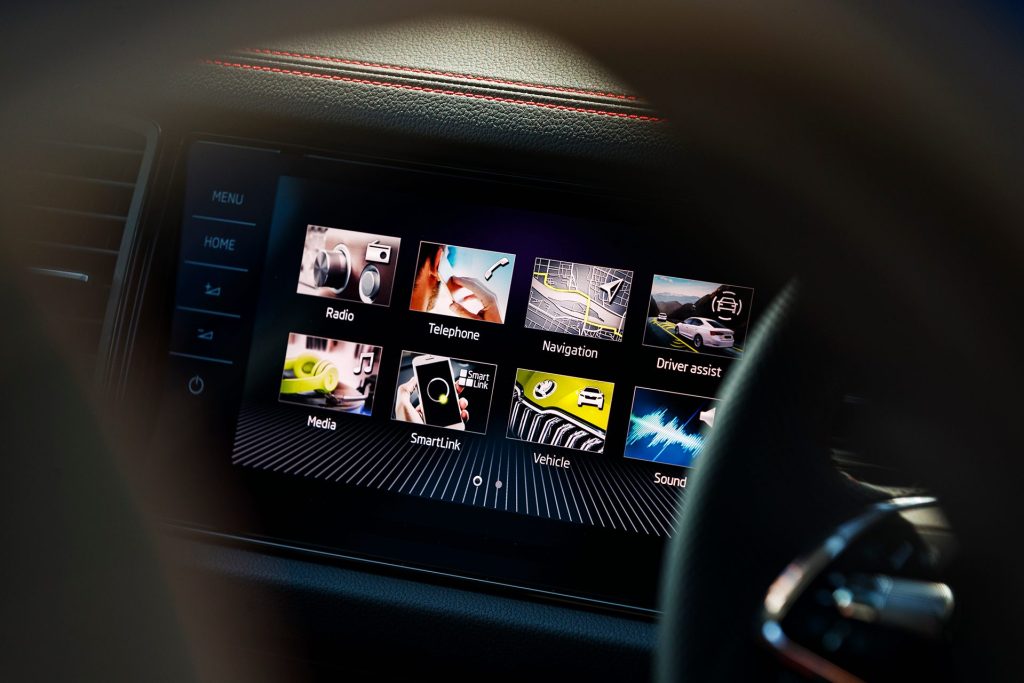
The TSI, with its faster spinning engine, is a tad quicker to 100km/h, registering the sprint in 6.6sec, as quoted.
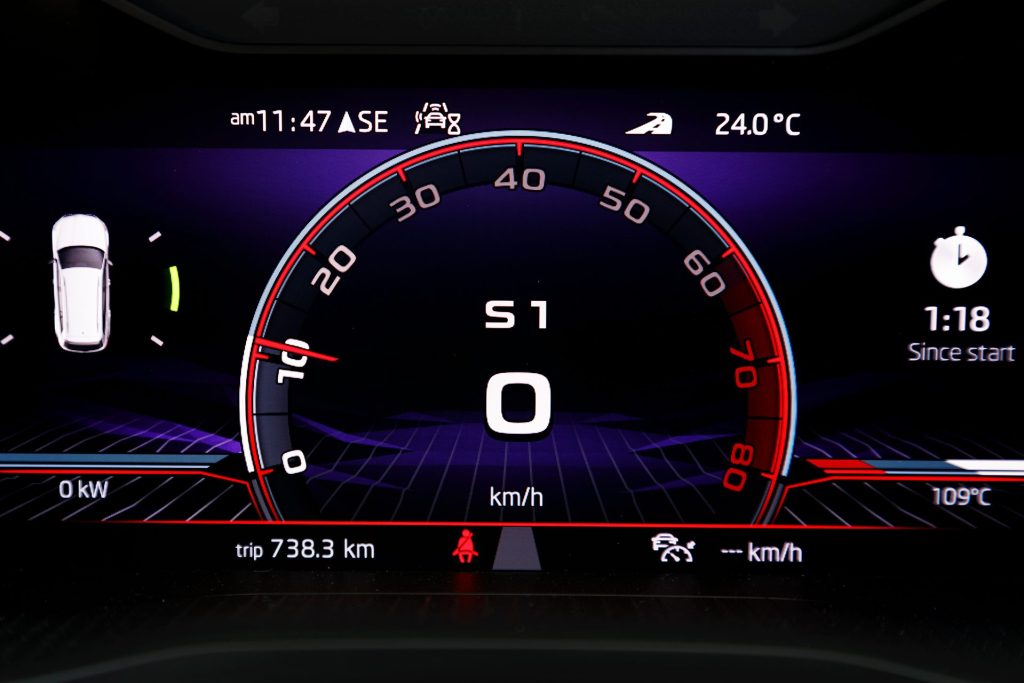
The facelift sports some mild visual updates with the usual (and subtle) refinements of the bumper, grille and light designs. And those alloys. The cobweb-looking bits are actually a plastic cover (supposedly for improved aeros) which incorporates the faux centre lock nut. Inside, there are a few new look trims, the latest Skoda steering wheel, ambient lighting, USB-C ports, a charge pad and an updated infotainment system with Car Play and Android Auto.
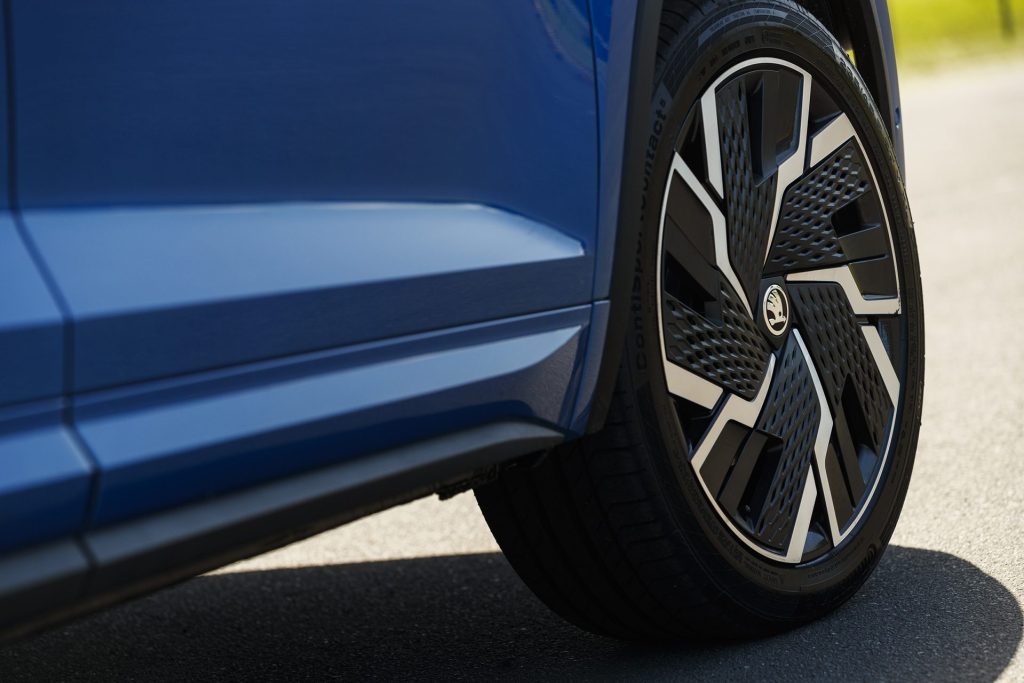
The RS still comes with the quick, ‘progressive steering’ (two turns between the stops) so it’s easy to pilot about the city, even with its large-ish turning circle. This rides pleasantly thanks to standard fit adaptive dampers. Even when you switch it to Sport mode, it’s never too abrasive while the Comfort setting isn’t too wallowy either.
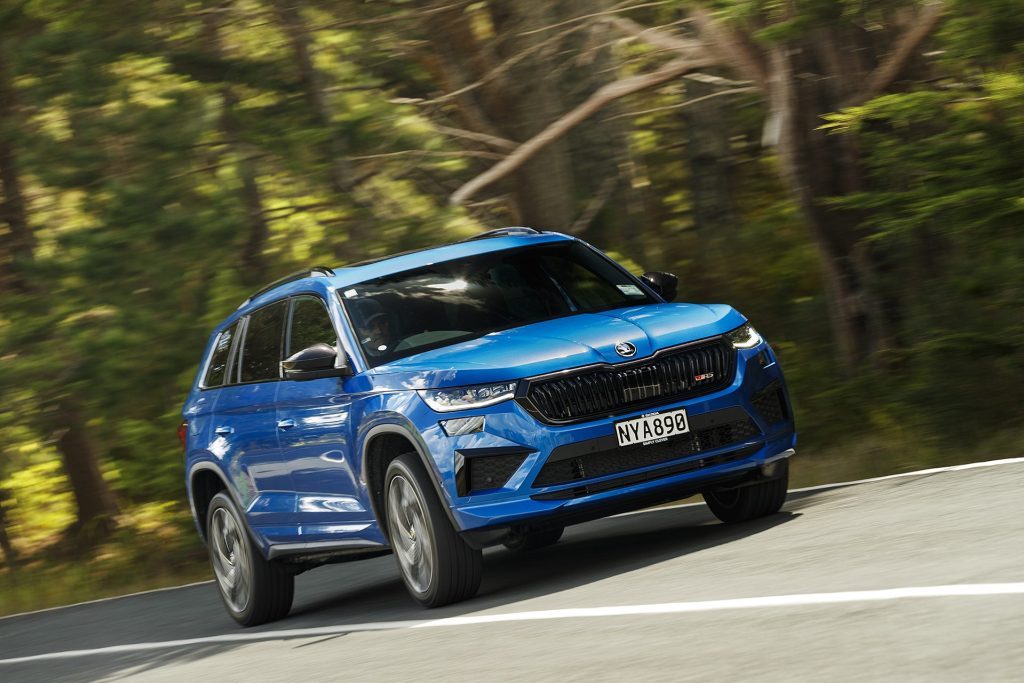
This takes to corners with a certain verve. It steers accurately while the suspension keeps the mass in check and sorts most bumps ably. It rounds up twisty roads confidently. There’s understeer when really pressed into a curve but otherwise there is the general character of unflappable competence that is exhibited by others that use this well sorted VW Group platform. The only bum note is the tune it plays. It has a synthetic exhaust sound but it’s just added noise you can really do without. If you need a seven seater, you probably have a surplus of kids. And so the last thing you really need is more unnecessary noise.
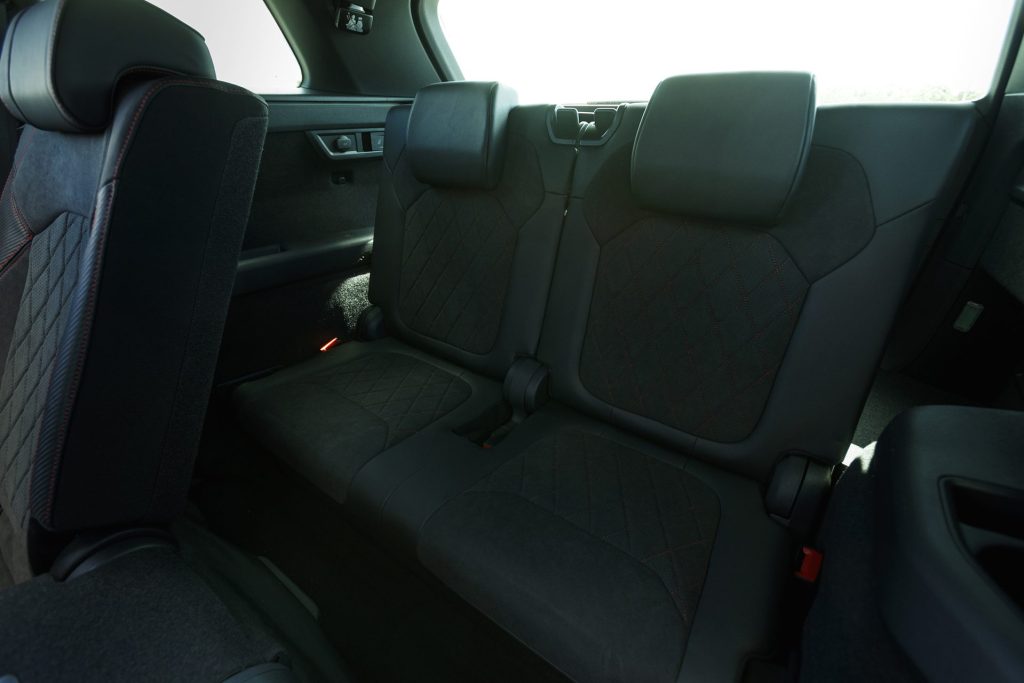
Active cruise keeps your speed in check and though it’s set by a wand that is obscured by the steering wheel you learn to operate it by touch. And so too the stop-start button, which is completely hidden from view, being sited where you once put the key in the ignition. It is however easy to find once you remember. The lane keeping system we previously noted to be a tad pedantic but they have updated the safety features with this facelift and it’s better now. It is still easily defeated on the move if you really can’t abide its behaviour.
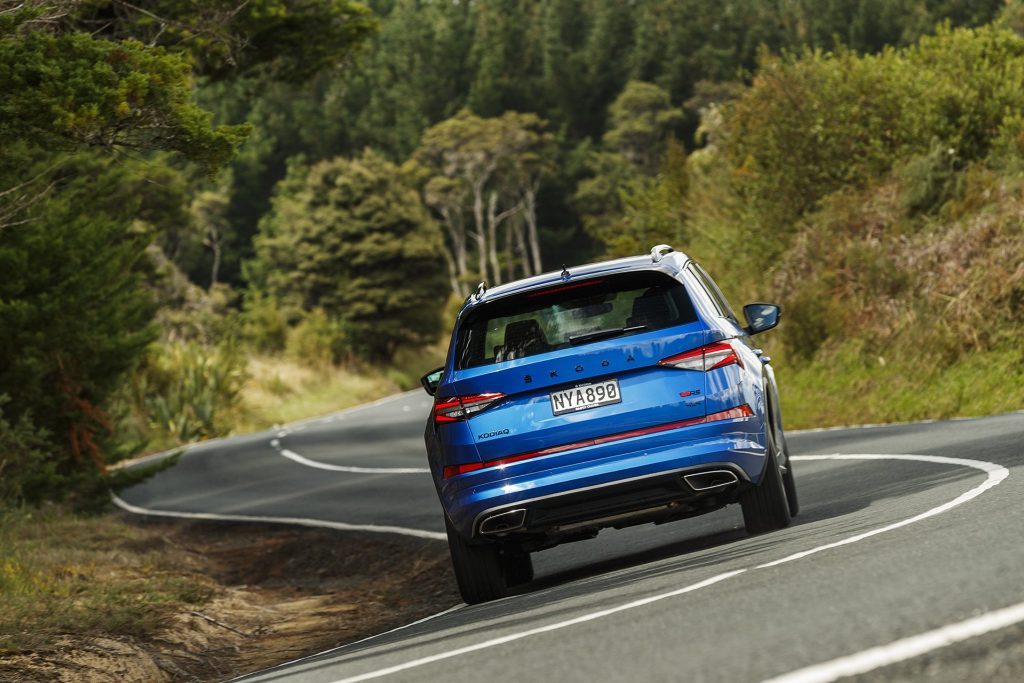
Up front the sports seats not only look the part trimmed in Alcantara but offer decent support and adjustment. There are configurable main dials but the interior hasn’t been updated to the ‘no button’ mantra and so there are still some knobs to help set the ventilation easily. The touchscreen infotainment has a logical operation with a smart resolution for the reverse camera which also includes a surround view.
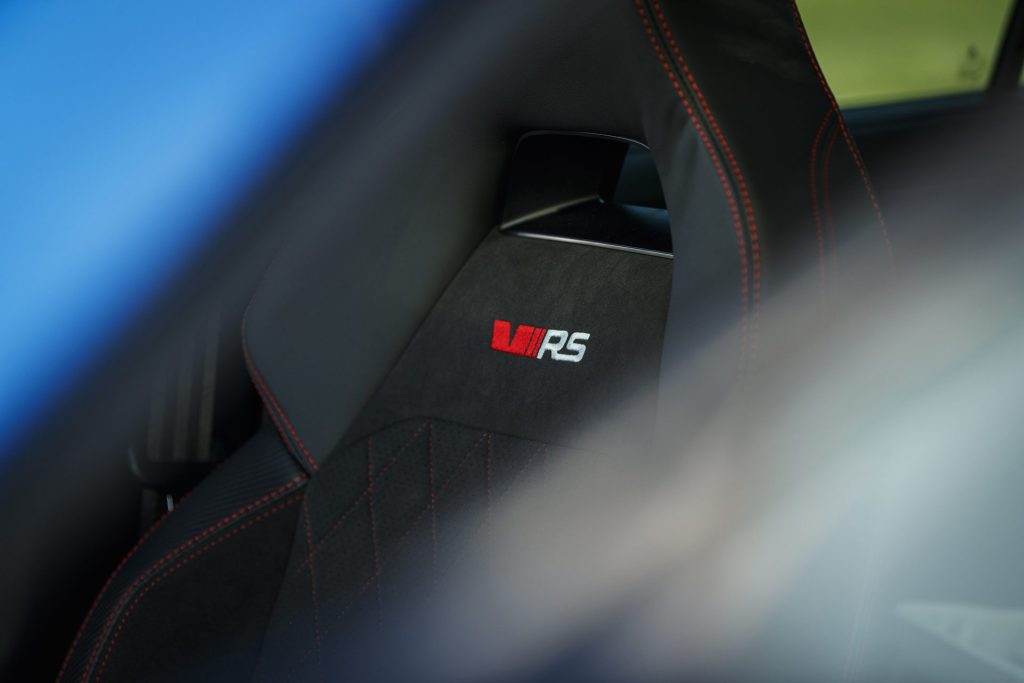
Being a European-derived model, the Kodiaq is not quite as wide across the cabin as those engineered for the Yanks but nor is it lacking for leg room in the rear. While it’s not the largest of the seven seaters, it’s still a viable option, with kids fitting comfortably in the third row. With those seats stowed, the boot space is ‘more than handy’ and there’s tow capacity of up to 2000kg.
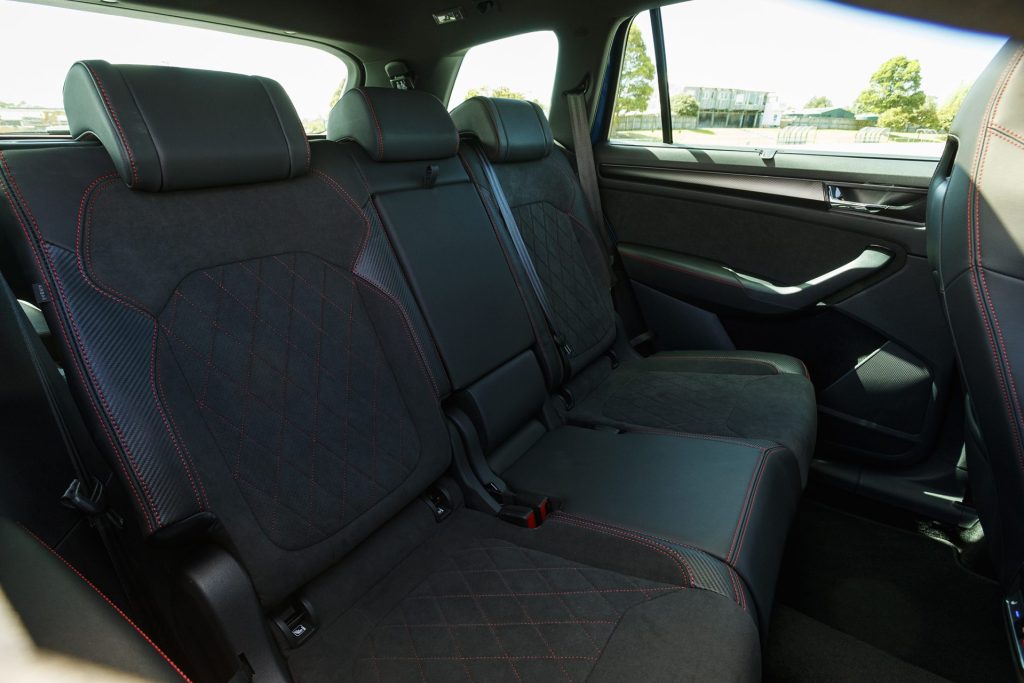
The RS is a notable range topper for the Kodiaq, but now one that is both more expensive to buy and run. So very much in line with life in 2022 then. The more sensible thing to do then is save yourself $15k by opting for the Style model.
| Model | Skoda Kodiaq RS TSI |
| Price | $79,990 |
| Clean Car Discount | Neutral – $0 |
| Engine | 1984cc, IL4, T, DI |
| Power/Torque | 180kW/370Nm |
| Drivetrain | 7-speed twin clutch, on-demand AWD |
| Fuel Use | 8.3L/100km |
| C02 Output | 190g/km |
| 0-100km/h | 6.65sec |
| 80-120km/h | 4.05sec (120m) |
| 100-0km/h | 35.98m |
| Stability systems | ABS, ESP, TV |
| Safety | AEB, ACC, BSM, LDW, RCTA, ALK, AHB |
| Luggage Capacity | 270-765-1335L |
| Tow rating | 750kg (2000kg braked) |
| Service intervals | 12 months/15,000km |
| Scheduled servicing | 3 years/45,000km |
| Warranty | 5 years/150,000km |
| ANCAP rating | 5 stars (2017) |
| Weight | 1897kg (claimed) |


